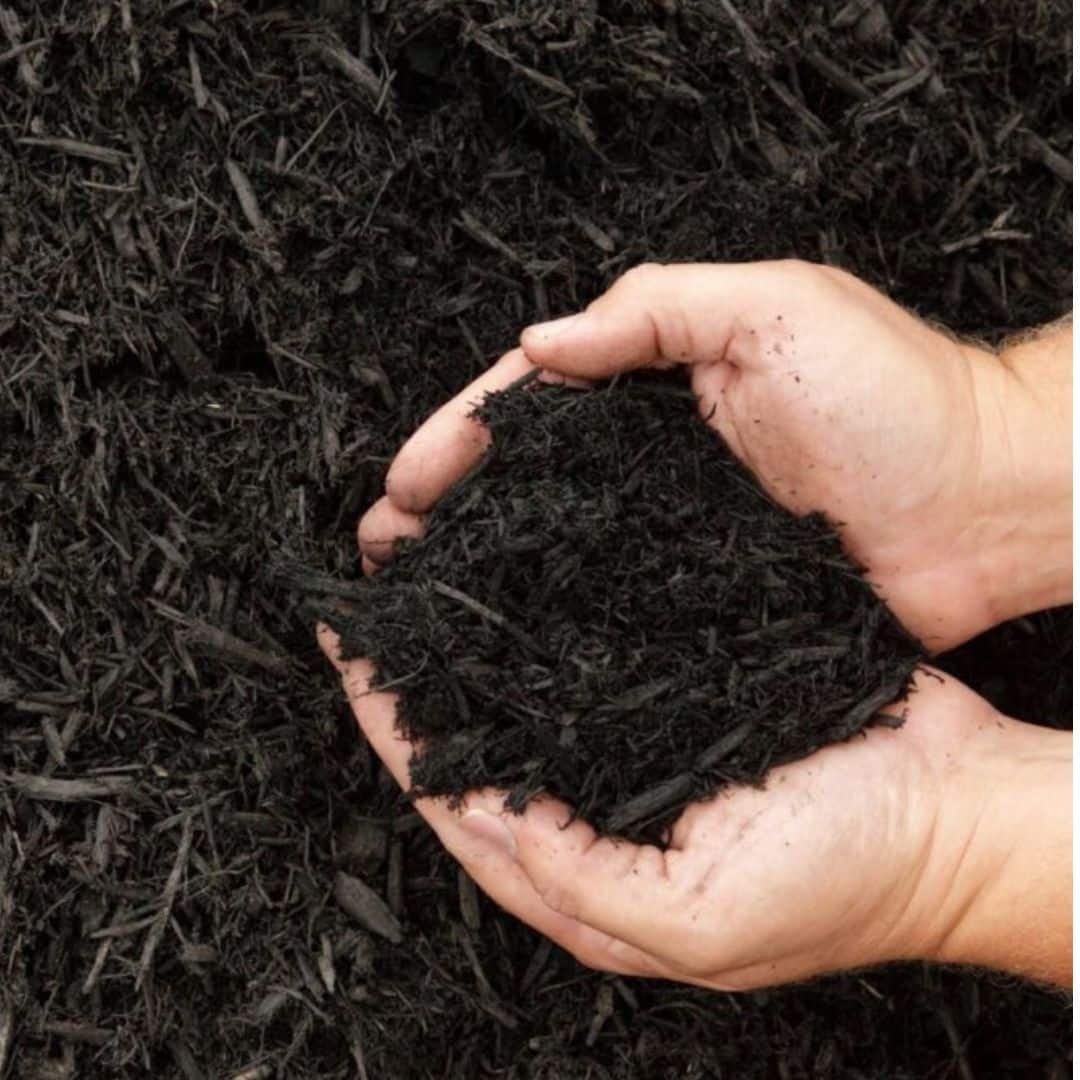
Why Mulching in July Might Be the Smartest Thing You Do All Summer
Adding mulch in July helps lock in soil moisture, smother weeds, and protect plant roots from intense summer heat. It’s a smart mid-season move that improves garden health now and sets you up for an easier fall.
Why Mulching in July Might Be the Smartest Thing You Do All Summer
Think you’ve missed the window for mulching? Think again. While most people think of mulch as a spring task, July is actually one of the most strategic times to do it — especially if you skipped it earlier or if your spring mulch has thinned out.
As professional landscapers, we recommend mid-season mulching to homeowners who want:
-
Healthier plants
-
Fewer weeds
-
Less watering
-
Better-looking beds through fall
Here’s why July mulching works so well, how to do it right, and what mistakes to avoid if you’re tackling it yourself.
🔥 Why Mulching in July Makes a Big Impact
1. It Conserves Water in the Hottest Part of the Year
July heat causes rapid evaporation, especially in uncovered soil. A proper mulch layer:
-
Shields soil from sun exposure
-
Keeps roots cooler and hydrated
-
Reduces how often you need to water
If you’re noticing wilting plants or cracked soil, adding mulch now will make an immediate difference.
2. It Chokes Out Summer Weeds
By July, weed seeds have already started sprouting. If you mulch now, you:
-
Smother young weeds before they mature
-
Prevent light from reaching newly germinated seeds
-
Create a physical barrier between your soil and airborne seeds
We often use July mulch installs as a “reset button” for garden beds that got overrun in June.
3. It Protects Soil During Storms
Summer thunderstorms often lead to runoff and erosion, especially on sloped beds or around bare-root plants. Mulch helps:
-
Absorb and slow down heavy rainfall
-
Anchor soil around shallow-rooted plants
-
Prevent compaction from hard splashes
Without mulch, you’ll often see exposed roots or washed-out edges after a good rain.
🧰 Our Step-by-Step Approach to Mulching in July
Here’s exactly how we handle mid-summer mulch installs for clients:
✅ 1. Clear Out Weeds and Debris First
-
We hand-pull or carefully remove existing weeds (don’t just bury them — they’ll grow back).
-
Old mulch is raked and leveled if it’s in decent shape, or partially removed if degraded.
✅ 2. Water Beds Before Mulching
-
Moist soil beneath mulch holds water longer. We water thoroughly before laying new mulch — dry soil under a thick layer won’t hydrate easily afterward.
✅ 3. Choose the Right Mulch for the Area
-
Shredded hardwood mulch is our go-to for most garden beds.
-
Cedar mulch deters insects and smells great — ideal near patios.
-
Brown or black dyed mulch offers bold color that lasts through the season.
-
We avoid rock mulch unless the bed is designed for it — it holds heat, not moisture.
✅ 4. Spread Mulch 2–3” Deep — No More, No Less
-
Too thin and weeds break through.
-
Too thick and plant roots suffocate or rot.
We taper mulch away from stems and trunks to prevent rot or pests.
✅ 5. Edge the Beds for a Clean Look
-
We cut crisp edges or refresh existing ones to give the mulch a finished look and help it stay in place during rain.
🧠 What Most DIY Mulchers Get Wrong
Even experienced homeowners make a few common mulching mistakes. Here’s what we avoid — and why it matters:
Piling mulch like a volcano around tree trunks
This traps moisture and invites insects. Always keep a 2–4″ gap around trunks and stems.
Skipping weed removal
Burying weeds just gives them a head start. They’ll find the light eventually.
Adding fresh mulch without loosening old layers
Compacted mulch forms a barrier that sheds water instead of absorbing it.
Using “free” mulch that isn’t composted
Mulch from tree services or utility crews may contain weed seeds or harmful pathogens.
🌱 Bonus: July Mulching Sets You Up for Fall Success
When you mulch in July, you’re not just solving a summer problem — you’re prepping for the next season too.
Benefits that carry forward:
-
Mulch slowly breaks down, enriching the soil for fall planting.
-
Covered beds stay warmer longer into the fall season.
-
You’ll have fewer weeds to battle during fall cleanup.
-
Perennials are protected and better insulated heading into cooler nights.
💬 FAQ: July Mulch Edition
Q: Isn’t it too hot to mulch in July?
A: Not at all. Just water before and after if the soil is dry, and avoid mulching during extreme heat waves. Otherwise, July conditions are perfect for a lasting install.
Q: How do I know if I need more mulch?
A: Check depth — if your mulch is less than 1.5″, it’s time to top up. Also look for bare spots or fading color as signs it’s wearing out.
Q: Will mulch attract bugs in summer?
A: Not if installed correctly. In fact, it helps prevent pests by stabilizing soil conditions. Just don’t pile mulch against foundations or tree trunks.
Q: Should I remove old mulch first?
A: If it’s moldy, compacted, or over 3” deep, remove some. If it’s in good shape, you can layer fresh mulch on top after loosening the old surface.
Q: How long does mulch last?
A: Most organic mulch holds up visually for one season and breaks down within 12–18 months. We recommend refreshing high-visibility beds annually.
Mulching in July isn’t just a cosmetic fix — it’s one of the smartest things you can do for plant health, weed control, and water conservation. Mid-summer is when plants and soil are under the most stress, and mulch acts like a protective shield that keeps your landscape thriving.
Whether you’re refreshing old beds or starting from scratch, we can help you choose the right material, install it properly, and make sure your yard looks polished and protected for the rest of the season.




No Comments
Sorry, the comment form is closed at this time.